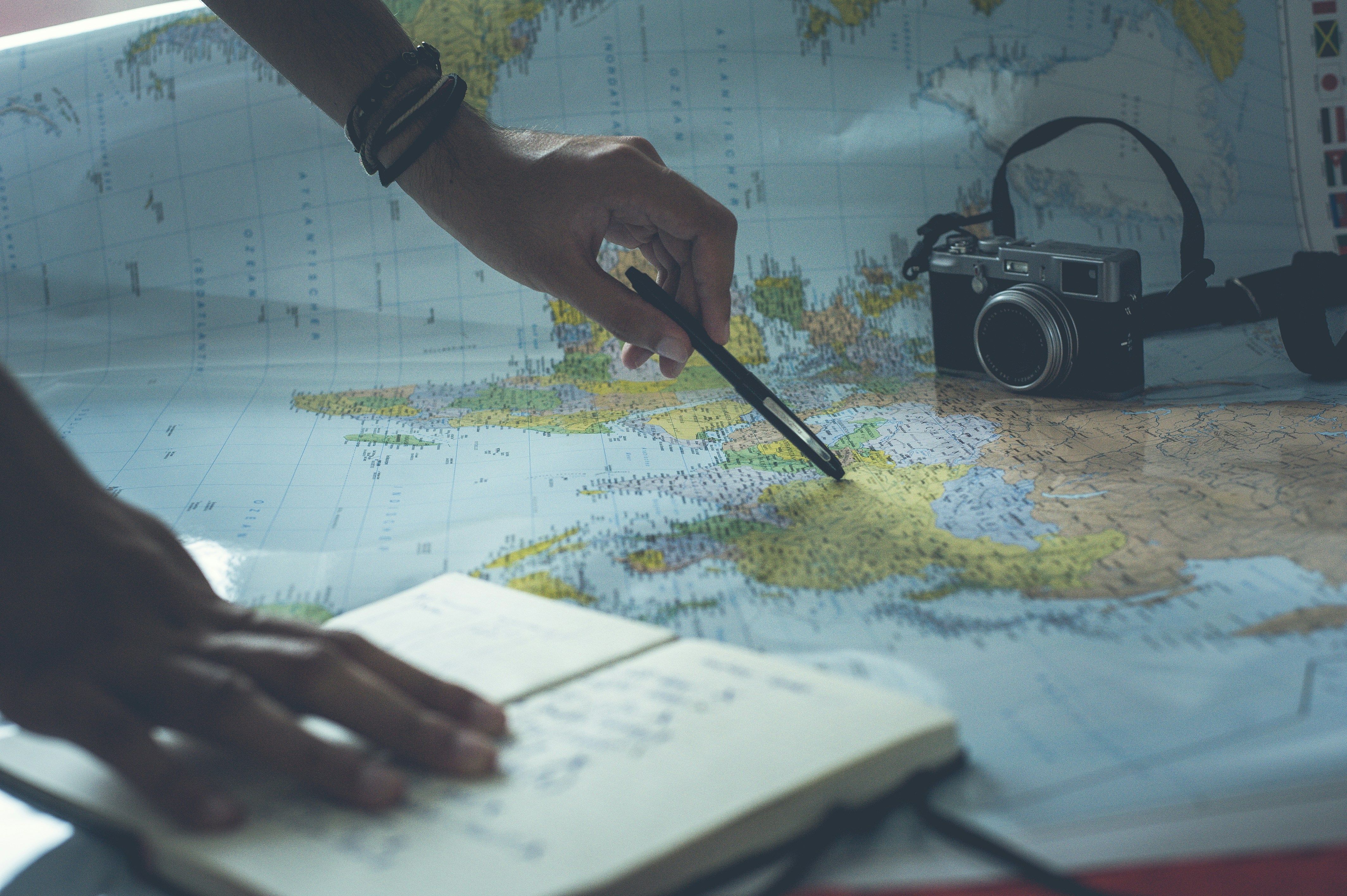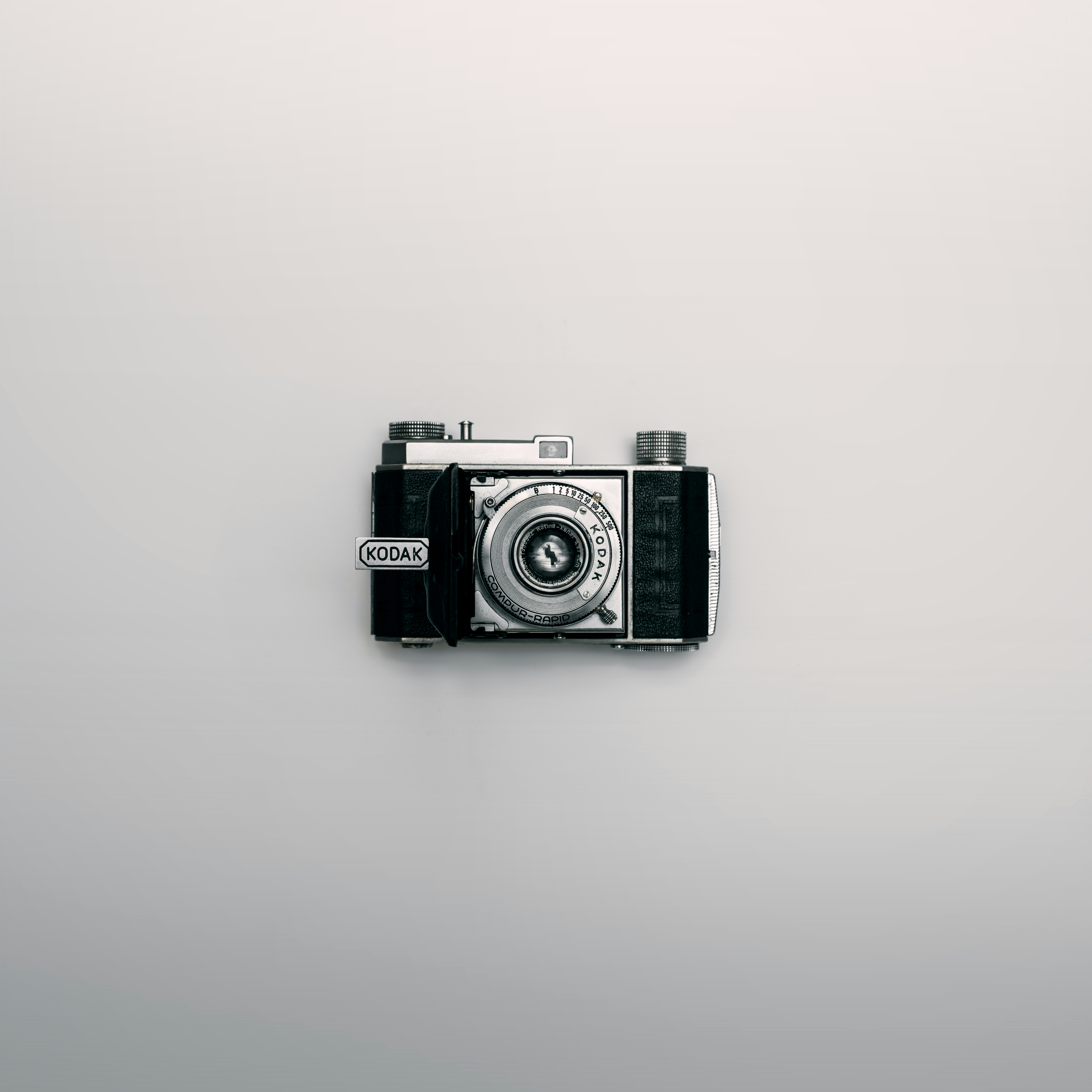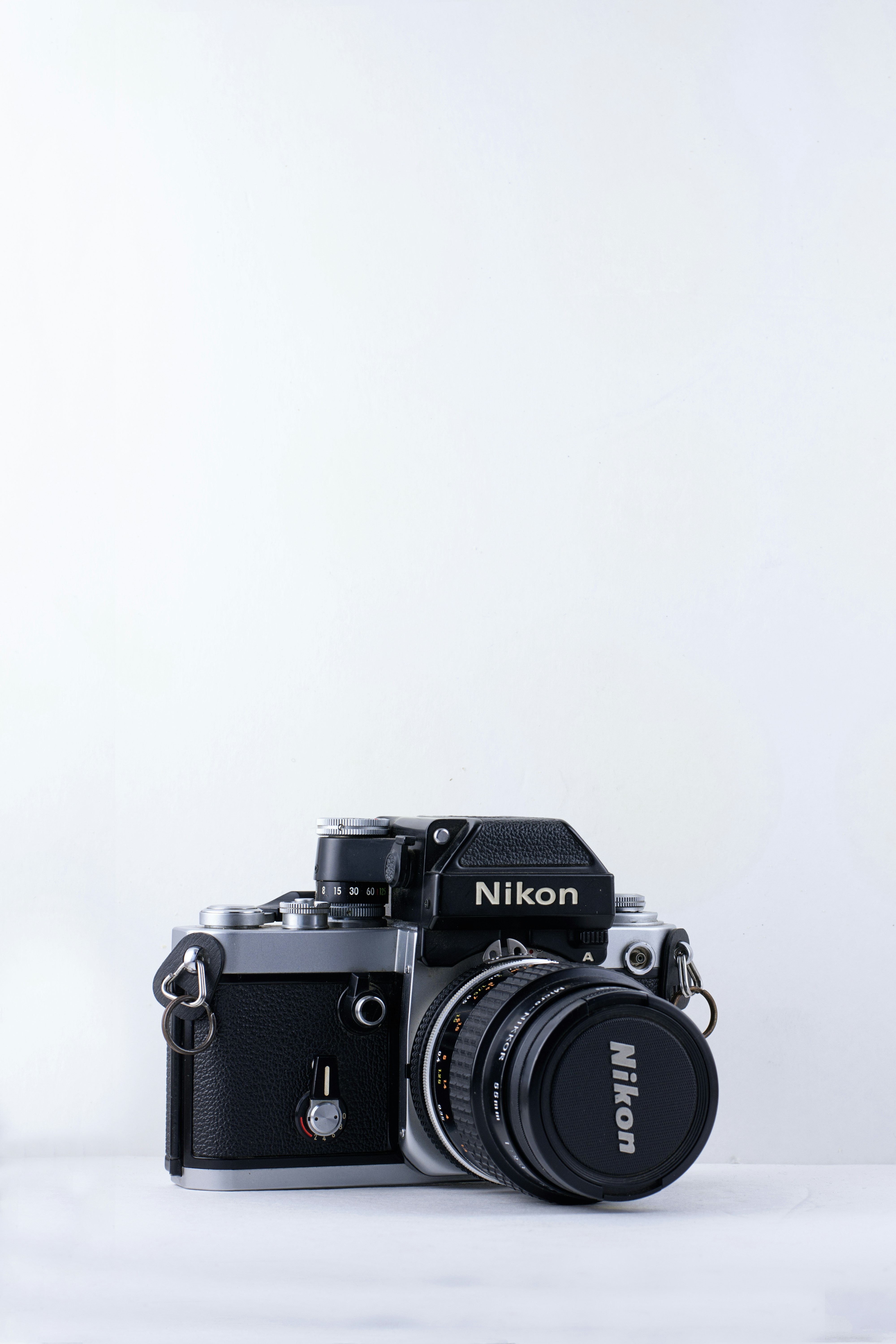Camera Type
Mirrorless Cameras
Mirrorless cameras are a popular choice among photographers for their compact size and versatility. These cameras do not have a mirror or an optical viewfinder like DSLRs, but they offer excellent image quality and advanced features. Mirrorless cameras are lightweight and portable, making them an ideal option for travel and street photography. They also allow for interchangeable lenses, giving you the flexibility to choose lenses based on your photography needs.
DSLR Cameras
DSLR cameras are known for their professional-grade image quality and wide range of lens options. These cameras have a mirror and an optical viewfinder, which allows for a real-time preview of your subject. DSLRs are perfect for photographers who require precise control over their settings and want the ability to capture fast-moving subjects, such as wildlife or sports. While DSLR cameras tend to be larger and heavier compared to mirrorless cameras, they offer unparalleled performance and durability.
Point-and-Shoot Cameras
Point-and-shoot cameras are compact and easy to use, making them a great choice for beginners or casual photographers. These cameras are designed for convenience, with automatic settings that adjust based on the scene. Point-and-shoot cameras are portable and offer a fixed lens, eliminating the need to carry additional lenses. While they may not offer the same level of image quality or manual control as mirrorless or DSLR cameras, they are a budget-friendly option for everyday photography.
When considering an upgrade to your camera gear, carefully evaluate your photography needs and preferences. Whether you prioritize portability, professional features, or simplicity, there is a camera type that suits your style. Consult this Camera Gear Buying Guide and make an informed decision based on our recommendations. Happy shooting!
Sensor Size
When it comes to upgrading your camera gear, understanding the different sensor sizes is crucial. The sensor is the heart of your camera, responsible for capturing light and producing high-quality images.
Full-Frame Sensors
Full-frame sensors are the largest available and offer outstanding image quality. They are ideal for professional photographers who require superb detail, exceptional low-light performance, and rich colors. With full-frame sensors, you can achieve a shallow depth of field, resulting in stunning bokeh effects. However, they tend to be bulkier and more expensive than other options.
Crop Sensors
Crop sensors, also known as APS-C sensors, are smaller than full-frame sensors. They offer a good balance between affordability, versatility, and image quality. Crop sensors effectively magnify the focal length of your lenses, making them suitable for wildlife, sports, and telephoto photography. They are also a great choice for beginners who are looking for an upgrade without breaking the bank.
Micro Four Thirds Sensors
Micro Four Thirds sensors have even smaller dimensions, making them the most compact option. They are commonly found in mirrorless cameras, offering excellent portability without compromising on image quality. While they may not provide the same level of detail as full-frame sensors, they still deliver impressive results and allow for a wide range of lens options. Micro Four Thirds cameras are perfect for travel photography or anyone who values convenience.
Considering the sensor size is just the first step in upgrading your camera gear. Keep reading, as we delve into other essential factors to consider, such as lens compatibility, autofocus capabilities, and connectivity options. This Camera Gear Buying Guide will help you make an informed decision and ensure you find the perfect camera for your needs.
This image is property of images.unsplash.com.
## Megapixel Count
When it comes to upgrading your camera gear, one of the crucial factors to consider is the megapixel count. The megapixel count determines the resolution of your photographs, allowing you to capture more details and create sharper images. In this guide, we will provide recommendations based on different megapixel ranges to help you make an informed decision.
12 – 20 MP
If you are an amateur photographer or someone who mostly takes pictures for personal use, a camera with a megapixel count between 12 and 20 will suffice. These cameras offer good image quality and are generally more affordable, making them an excellent choice for beginners or those on a budget.
20 – 30 MP
For enthusiasts or semi-professionals, a camera with a megapixel count between 20 and 30 can provide you with even better image quality and more room for cropping and editing. This range is ideal for capturing landscapes, portraits, or any type of photography where fine details matter.
30+ MP
If you are a professional photographer or someone who demands the highest quality images, consider investing in a camera with a megapixel count of 30 or more. These cameras are capable of capturing incredible levels of detail and are often used in commercial photography, fashion, or any field where image resolution is paramount.
Remember, the megapixel count is just one aspect to consider when upgrading your camera gear. It is essential to assess your specific needs, budget, and other features such as sensor size, ISO range, and autofocus performance. This guide serves as a starting point to help you navigate through the various options available on the market.
Lens Options
If you’re planning to upgrade your camera gear, one of the first things you should consider is investing in new lenses. A good lens can make a world of difference in the quality and versatility of your photographs. But with so many options available, how do you know which lens is right for you? This Camera Gear Buying Guide is here to help you make an informed decision.
Prime Lenses
Prime lenses are known for their exceptional sharpness and wide aperture capabilities. They have a fixed focal length, which means they don’t zoom in or out. While this limitation might seem restrictive at first, many photographers love the challenge of working with a prime lens and appreciate the superior image quality it delivers. Prime lenses are perfect for portrait photography and low-light shooting.
Zoom Lenses
Zoom lenses offer versatility by allowing you to zoom in and out, giving you different focal lengths within one lens. They are great for capturing a wide range of subjects, from landscapes to wildlife. With a zoom lens, you can easily adjust your composition without physically moving or changing lenses, making them ideal for travel photography or situations where changing lenses is not practical.
Wide-Angle Lenses
Wide-angle lenses have a shorter focal length, capturing a wider field of view. This makes them perfect for landscape and architectural photography, as they can capture more of the scene in a single frame. Wide-angle lenses also create a sense of depth and emphasize perspective, making them popular among street photographers.
Telephoto Lenses
Telephoto lenses have a longer focal length, allowing you to zoom in and bring distant subjects closer. These lenses are ideal for wildlife, sports, and event photography, where you need to capture details from a distance. With a telephoto lens, you can isolate your subject and create a stunning background blur, known as bokeh.
No matter your photography style or preferences, understanding the different types of lenses available will help you choose the ones that best suit your needs. Whether it’s the razor-sharp images of prime lenses, the versatility of zoom lenses, the expansive views of wide-angle lenses, or the magnification power of telephoto lenses, the choice is yours. So, consider your shooting style, subject matter, and budget, and consult this guide to upgrade your camera gear successfully.
Image Stabilization
If you’re planning to upgrade your camera gear, one crucial aspect to consider is image stabilization. It plays a significant role in capturing clear, sharp images even in challenging shooting conditions. There are two main types of image stabilization to choose from: in-body image stabilization (IBIS) and lens-based image stabilization (IS).
In-Body Image Stabilization
With in-body image stabilization, the camera’s sensor moves to compensate for any camera shake. This technology allows you to stabilize any lens attached to the camera, even those without built-in stabilization. IBIS provides flexibility and versatility as it works with various lenses and camera bodies. This type of stabilization is especially beneficial for photographers who frequently switch lenses or own older lenses lacking image stabilization.
Lens-Based Image Stabilization
On the other hand, lens-based image stabilization employs elements within the lens to counteract motion and vibrations. IS lenses are equipped with gyroscopic sensors that detect movements and adjust the lens elements accordingly. This type of stabilization tends to be more effective for longer focal lengths and is particularly useful for telephoto and zoom lenses.
When choosing between in-body and lens-based image stabilization, consider your shooting style, lens collection, and budget. Both options have their advantages, so it’s essential to prioritize your specific needs.
This image is property of images.unsplash.com.
## Video Capabilities
Are you considering upgrading your camera gear to capture stunning videos? This Camera Gear Buying Guide has got you covered. When it comes to video capabilities, there are a few features you should definitely consider.
4K Ultra HD
Capture your moments with unparalleled clarity and detail using the 4K Ultra HD feature. This advanced resolution technology offers four times the pixels of Full HD, delivering breathtakingly realistic videos. Whether you’re documenting travels, shooting short films, or capturing important moments, 4K Ultra HD ensures your videos are of the highest quality.
1080p Full HD
If you’re seeking top-notch video quality but prefer a more budget-friendly option, 1080p Full HD is an excellent choice. This resolution provides sharp and vibrant videos, perfect for vlogs, events, or casual shooting. With 1080p Full HD, you can still achieve professional-looking results without compromising on your wallet.
Slow Motion Recording
Discover the beauty of capturing slow motion footage with your upgraded camera gear. Slow motion recording adds a creative touch to your videos and allows you to highlight subtle details or make fast-paced actions more mesmerizing. From capturing epic jumps to showcasing the grace of nature, slow motion recording adds depth and drama to your visual storytelling.
Upgrade your camera gear to unlock these incredible video capabilities and take your videography skills to new heights. Remember to weigh your needs and budget to make the best choice for your creative endeavors. Happy shooting!
This image is property of images.unsplash.com.
## Autofocus System
If you are planning to upgrade your camera gear, one of the key factors to consider is the autofocus system. A good autofocus system can make a significant difference in the sharpness and accuracy of your photos. In this section of the Camera Gear Buying Guide, we will discuss three types of autofocus systems: Phase Detection AF, Contrast Detection AF, and Hybrid AF.
Phase Detection AF
Phase Detection AF is a widely used autofocus system in DSLR cameras. It uses special sensors to measure the convergence of two light rays, allowing quick and precise focusing. This system is known for its speed and accuracy, making it ideal for capturing fast-moving subjects or shooting in low light conditions.
Contrast Detection AF
Contrast Detection AF relies on the camera’s image sensor to detect the highest contrast in the scene. It analyzes the changes in contrast to determine the focus point. This method is commonly used in mirrorless cameras and offers precise focusing for both stills and videos.
Hybrid AF
Hybrid AF combines both Phase Detection and Contrast Detection AF technologies. This system offers the best of both worlds, providing fast and accurate autofocus in various shooting situations. It is particularly beneficial for capturing subjects with unpredictable or erratic movements.
When considering an upgrade, pay attention to the type of autofocus system your potential camera offers. Choose the one that suits your specific shooting needs, whether it be capturing fast-paced action or focusing on static objects in low light conditions.
ISO Range
Are you considering an upgrade to your camera gear? Whether you are a professional or an amateur photographer, understanding the ISO range of your camera is crucial for capturing high-quality images in various lighting conditions. The ISO range determines the camera’s sensitivity to light, enabling you to adjust the exposure accordingly. In this section, we will explore the different ISO ranges and help you make an informed decision based on your specific needs.
Low ISO Range
Cameras with a low ISO range, typically ranging from 100 to 400, excel in well-lit environments and produce detailed images with minimal noise. These cameras are ideal for capturing landscapes or portraits with controlled lighting conditions. If you primarily shoot in bright settings or use artificial lighting, a camera with a low ISO range would be a suitable choice.
Medium ISO Range
A medium ISO range, typically ranging from 400 to 1600, strikes a balance between capturing well-exposed images in low-light conditions and maintaining acceptable image quality. Cameras with a medium ISO range are versatile and can handle a variety of shooting situations, making them suitable for everyday use.
High ISO Range
For photographers who frequently encounter challenging lighting conditions, cameras with a high ISO range, typically above 1600, are essential. These cameras excel in low-light environments, allowing you to capture clear and noise-free images even in dimly lit settings. Whether you’re shooting indoor events or nightscapes, a camera with a high ISO range will ensure outstanding image quality.
Remember, when upgrading your camera gear, consider your shooting style, lighting conditions, and budget. By understanding the ISO range, you can make an informed decision to enhance your photography journey. Happy shooting!
Battery Life
When considering upgrading your camera gear, battery life is an essential factor to consider. Nothing is more frustrating than being in the middle of capturing a special moment, only to have your camera’s battery life run out. So, it’s essential to assess the battery life of potential cameras before making a purchase.
Short Battery Life
Some cameras have short battery lives, meaning you will have to frequently recharge or replace batteries. While this may not be an issue for occasional photographers, it can be a significant inconvenience for professionals or those engaging in long photography sessions. Therefore, if you anticipate lengthy shooting periods or are a frequent traveler, it is advised to avoid cameras with short battery lives.
Average Battery Life
Cameras with average battery lives are suitable for most casual photographers. They offer enough power to capture everyday moments and can last a fair amount of time before needing a recharge. If you primarily use your camera for recreational purposes and don’t plan on using it extensively, cameras with average battery lives should suffice.
Long Battery Life
If you’re a professional or enthusiast photographer who spends extended periods in the field, a camera with long battery life is a must-have. These cameras typically use bigger or multiple batteries, allowing you to shoot for hours without interruption. Long battery life ensures that you won’t miss out on any important shots or have to constantly worry about running out of power.
When considering upgrading your camera gear, don’t overlook the importance of battery life. Assess your specific photography needs and choose a camera with suitable battery capabilities to ensure you never miss capturing a precious moment.
Connectivity Options
Are you considering upgrading your camera gear? If so, it’s important to consider the connectivity options available to you. With the advancement of technology, connectivity has become an essential feature in camera gear, allowing you to easily transfer and share your photos and videos. In this section of the Camera Gear Buying Guide, we will explore some of the common connectivity options you should look for when making your purchase.
Wi-Fi
Having built-in Wi-Fi in your camera gear can greatly enhance your photography experience. It enables you to wirelessly transfer your images and videos to your computer or smartphone without the need for cables. This makes it incredibly convenient for instant sharing on social media platforms or for backing up your files. Additionally, some cameras even come with remote control capabilities through Wi-Fi, allowing you to control your camera remotely using your mobile device.
Bluetooth
Bluetooth connectivity is another useful feature to consider. It enables you to connect your camera to other Bluetooth-enabled devices, such as smartphones or tablets, for seamless file transfer or remote control capability. With Bluetooth, you can easily send photos to your smartphone for immediate editing or sharing.
NFC
NFC (Near Field Communication) is a wireless technology that allows for quick and easy file transfer between compatible devices with a simple tap. It eliminates the need for complicated setup processes and provides a fast way to share your photos and videos with other NFC-enabled devices. It’s especially useful when you want to transfer your files to another device on the go without the need for internet connection.
By considering the connectivity options such as Wi-Fi, Bluetooth, and NFC when upgrading your camera gear, you can ensure that your photography workflow becomes more efficient and convenient.



